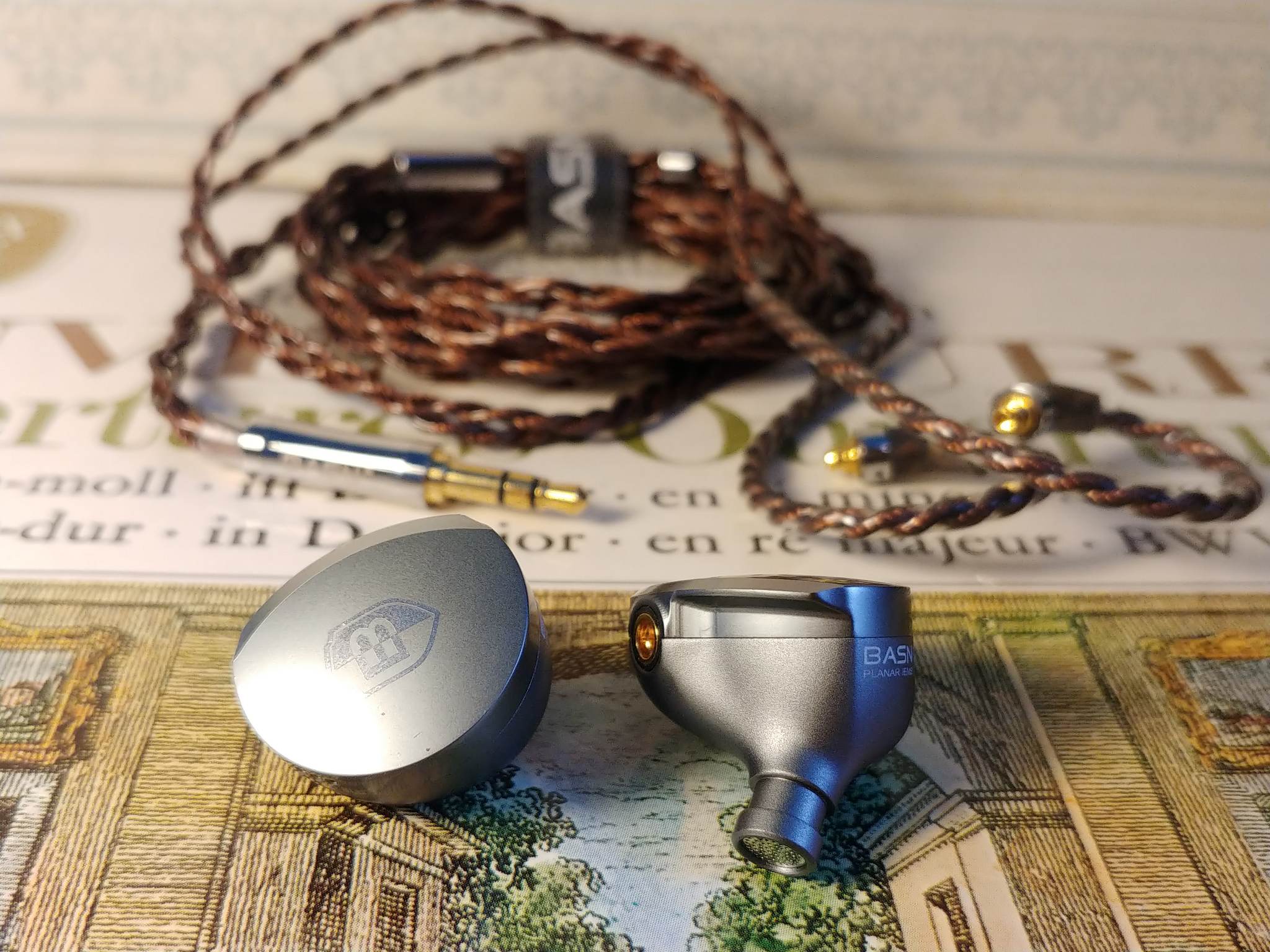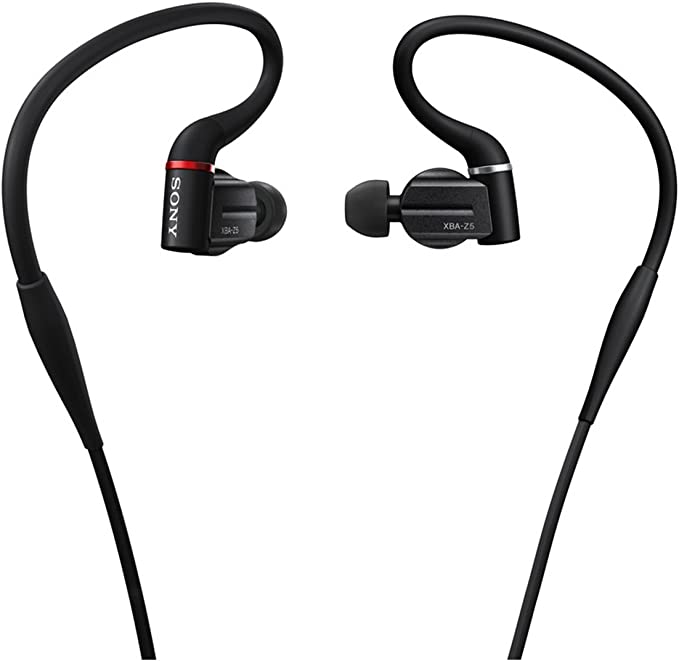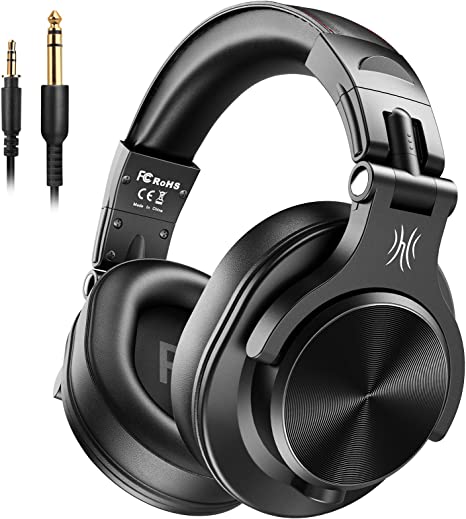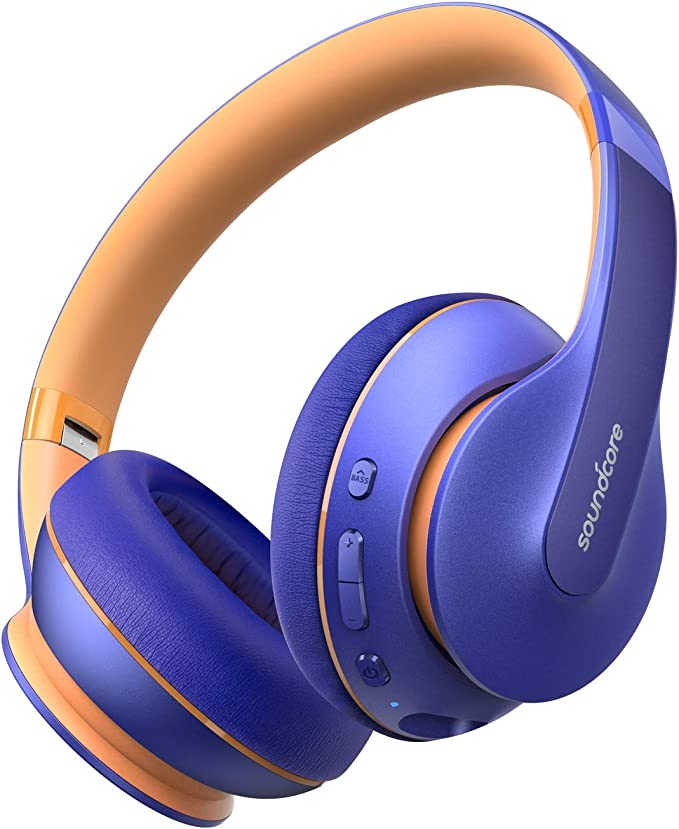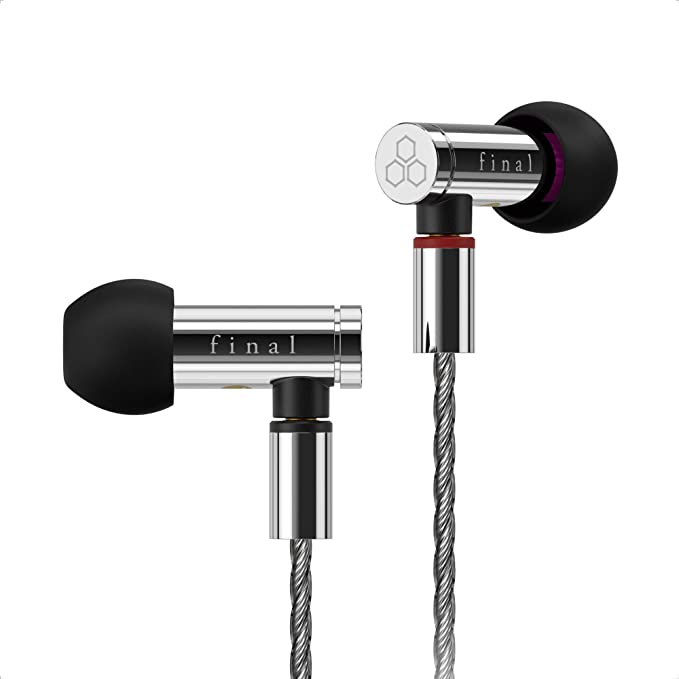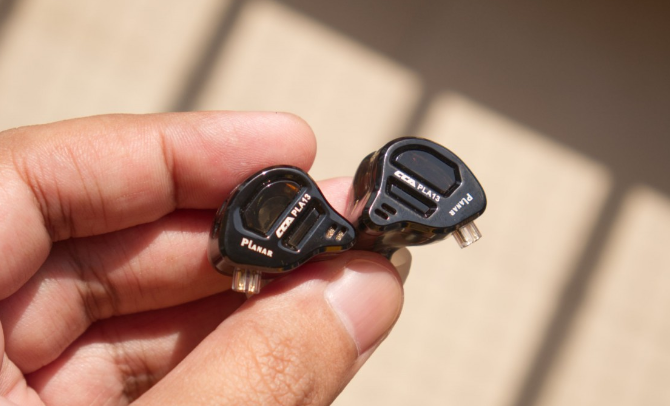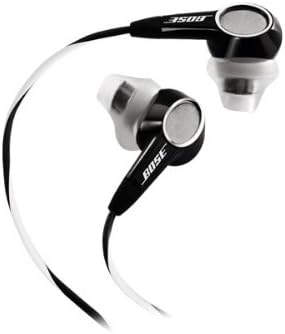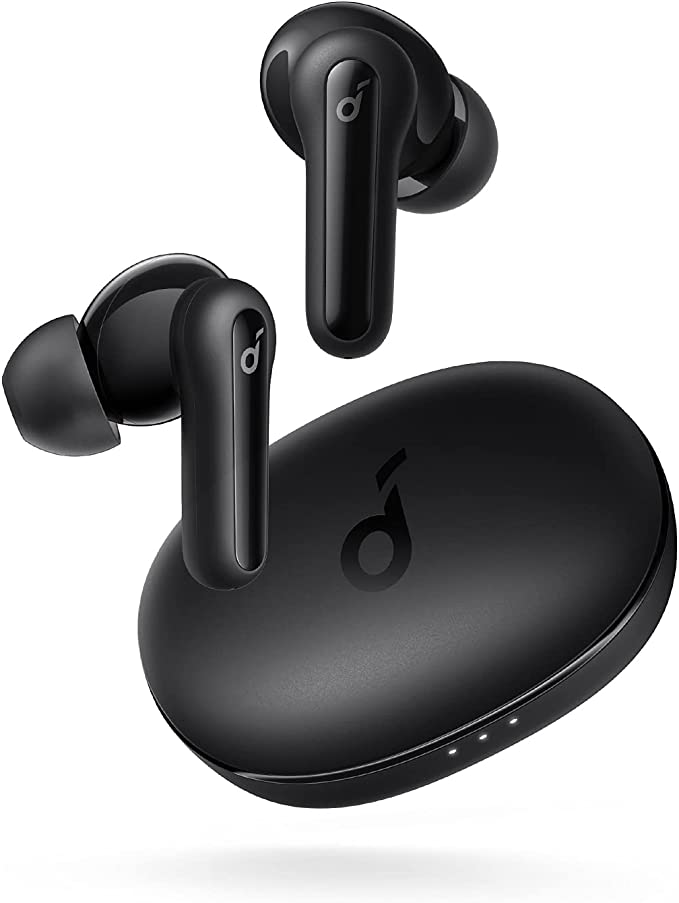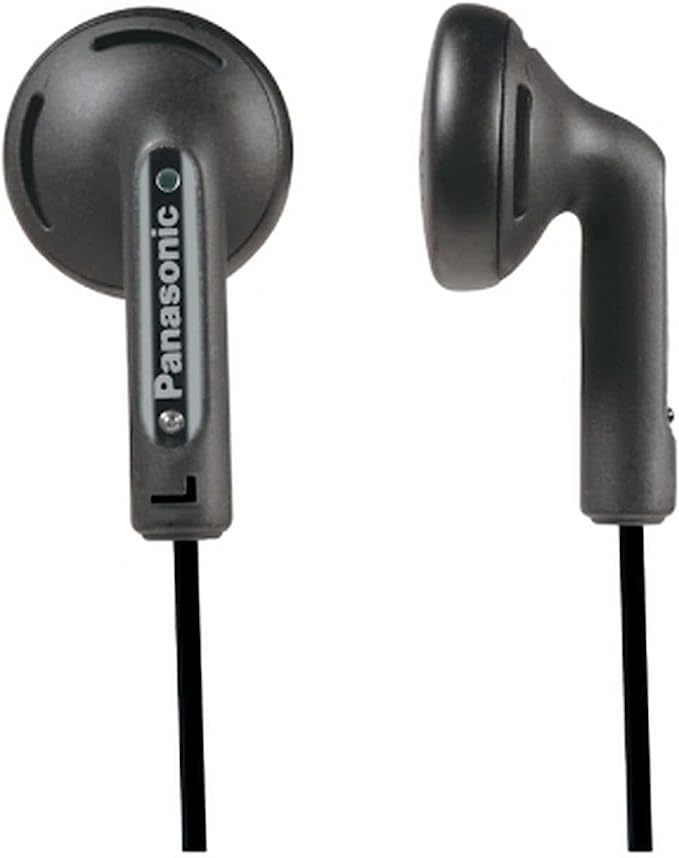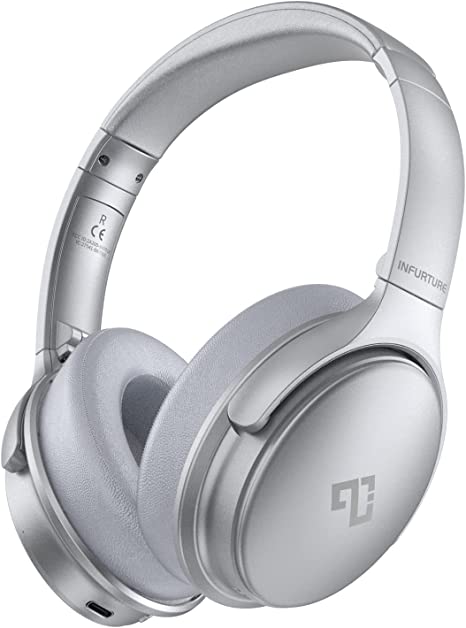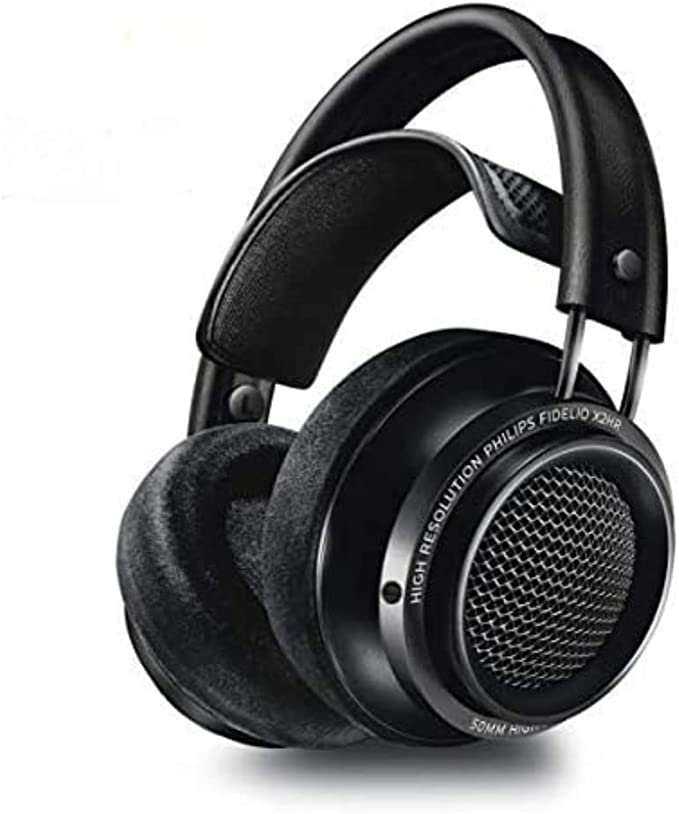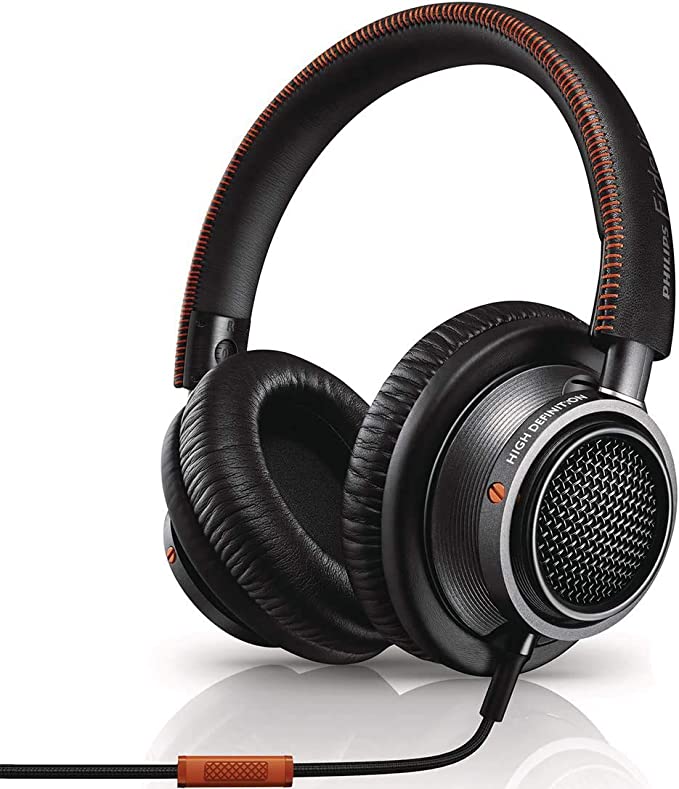AVIOT TE-ZX1: Unleash Audiophile-Grade Sound with Tribrid Technology
Update on July 23, 2025, 6:42 p.m.
There was a time, not so long ago, when true high-fidelity sound was an immovable object. It was a ritualistic experience, anchored to a dedicated room filled with monolithic speakers, humming tube amplifiers, and a turntable spinning vinyl like a sacred altar. The sound was glorious, a physical presence that washed over you. But it was tethered. The dream of taking that vast, detailed, soul-stirring soundstage, shrinking it down, and placing it directly in your ears seemed like pure science fiction. It was a dream of impossible miniaturization.
Today, that dream is no longer fiction. In the unassuming form of wireless earbuds like the AVIOT TE-ZX1, we hold the culmination of over a century of acoustic science, material engineering, and relentless ambition. To simply call them “earbuds” is to miss the point entirely. This is a symphony in a shell, a story of how we conquered the physics of sound reproduction and bent it to our will. And to truly appreciate the music that flows from them, we must first understand the epic journey of the technology within.

The Old Guard: The Enduring Legacy of the Dynamic Driver
Our story begins in the 19th century, with the invention of the telephone. The basic principle that allowed Alexander Graham Bell to transmit voice over a wire is the same one that powers the vast majority of speakers and headphones today: the dynamic driver. Its design is elegantly simple and robust. An electrical audio signal flows through a voice coil attached to a diaphragm (or cone). This coil is suspended in a magnetic field. As the electrical current alternates, it creates a fluctuating magnetic force, pushing and pulling the diaphragm, which in turn moves the air to create sound waves.
For decades, the dynamic driver has been the undisputed king, the workhorse of the audio world. It excels at moving large amounts of air, making it uniquely suited for producing deep, powerful, and resonant bass. It lays the foundation of the music. Yet, it has an inherent physical limitation: mass. Like a heavy truck, a larger diaphragm has inertia. It can’t start and stop on a dime, sometimes struggling to reproduce the lightning-fast, subtle details found in higher frequencies. For years, this was the accepted compromise of personal audio.

The Rise of the Specialists
But while the world of hi-fi was dominated by the dynamic driver, parallel revolutions were happening in other, more specialized fields. These would eventually provide the missing pieces of the puzzle.
In the 1920s, the burgeoning hearing aid industry faced a different challenge: efficiency and size. They needed a tiny driver that could produce clear sound with very little power. The result was the balanced armature. Instead of a bulky cone, it uses a minuscule reed (the armature) balanced between two magnets. The audio signal causes this reed to pivot, and its vibration is transferred to a tiny diaphragm. Because its moving parts are nearly weightless, the balanced armature is incredibly fast and precise. It became the master of high-frequency reproduction, capable of rendering the crisp shimmer of a cymbal or the airy breath of a vocalist with stunning accuracy. It was a specialist, born for detail.
Meanwhile, in the esoteric world of high-end audiophilia, another specialist emerged: the planar magnetic driver. Pioneered by brands like Stax in the 1970s, this technology forgoes cones and coils entirely. Instead, it uses a wafer-thin, virtually massless diaphragm, etched with a conductive circuit, suspended between an array of powerful magnets. The entire surface of the diaphragm moves in unison, resulting in incredibly low distortion and a transient response that is second to none. For reproducing the critical mid-range—where the soul of vocals and instruments lies—planar magnetic technology was, and is, revered for its phenomenal clarity and realism.
For decades, these three technologies lived in separate worlds: the populist dynamic driver, the clinical balanced armature, and the elite planar magnetic driver. An audiophile had to choose. Did you want the bass, the detail, or the mid-range purity? You couldn’t have it all. Or so we thought.

The Tribrid Covenant: An Orchestra in a Shell
This is where the AVIOT TE-ZX1 enters our story, not merely as a product, but as an audacious feat of engineering. Its “tribrid” heart represents a covenant, an agreement to bring these three disparate, specialized technologies together into a single, cohesive system. It dares to ask: why choose?
Imagine trying to fit an entire orchestra—the thundering double basses, the soaring violins, and the articulate woodwinds—onto a stage the size of a postage stamp. This is the engineering challenge. Simply cramming a dynamic, a planar magnetic, and multiple balanced armature drivers into an earbud would create a sonic mess, a cacophony of competing frequencies.
The true magic lies in the crossover network. This is the unseen conductor of our miniature orchestra. It’s a sophisticated filtering system that acts like a traffic cop for the audio signal. It precisely divides the incoming signal into frequency bands, sending the deep lows exclusively to the dynamic driver, the crucial mids to the planar magnetic driver, and the sparkling highs to the balanced armatures. The art of tuning is ensuring these separate parts blend together seamlessly, without gaps or overlaps, creating a single, expansive, and utterly coherent soundstage. This synergy is what transforms a collection of parts into a high-fidelity instrument.
The Digital Lifeline and the Silent Canvas
Of course, this exquisite analog hardware would be meaningless without a pure signal to feed it. For years, Bluetooth was the weak link in the chain, its data compression strangling the life out of music. The adoption of codecs like LDAC is the digital lifeline that makes this whole endeavor worthwhile. By allowing for a data transmission rate nearly three times that of standard Bluetooth, LDAC ensures that the high-resolution information from the source file actually reaches the drivers, preserving the nuances they were built to reproduce. It is the invisible bridge connecting the pristine digital world to the rich analog one.
Finally, to truly appreciate this symphony, it needs a proper concert hall—one free from the noise of the outside world. This is the role of Hybrid Active Noise-Cancelling. Using the fundamental physics principle of destructive interference, the earbuds generate a precise anti-noise signal that cancels out ambient sound. It creates a silent canvas, allowing the music to be painted on a background of pure black.
From the first telephone earpiece to the multi-driver marvel in our ears today, the journey has been long and fraught with challenges. The AVIOT TE-ZX1 stands as a testament to that journey—a pocket-sized monument to the impossible dream of portable, personal, perfect sound. It’s an invitation not just to listen, but to hear the history, the science, and the soul of a symphony once thought too grand to ever leave the room.
